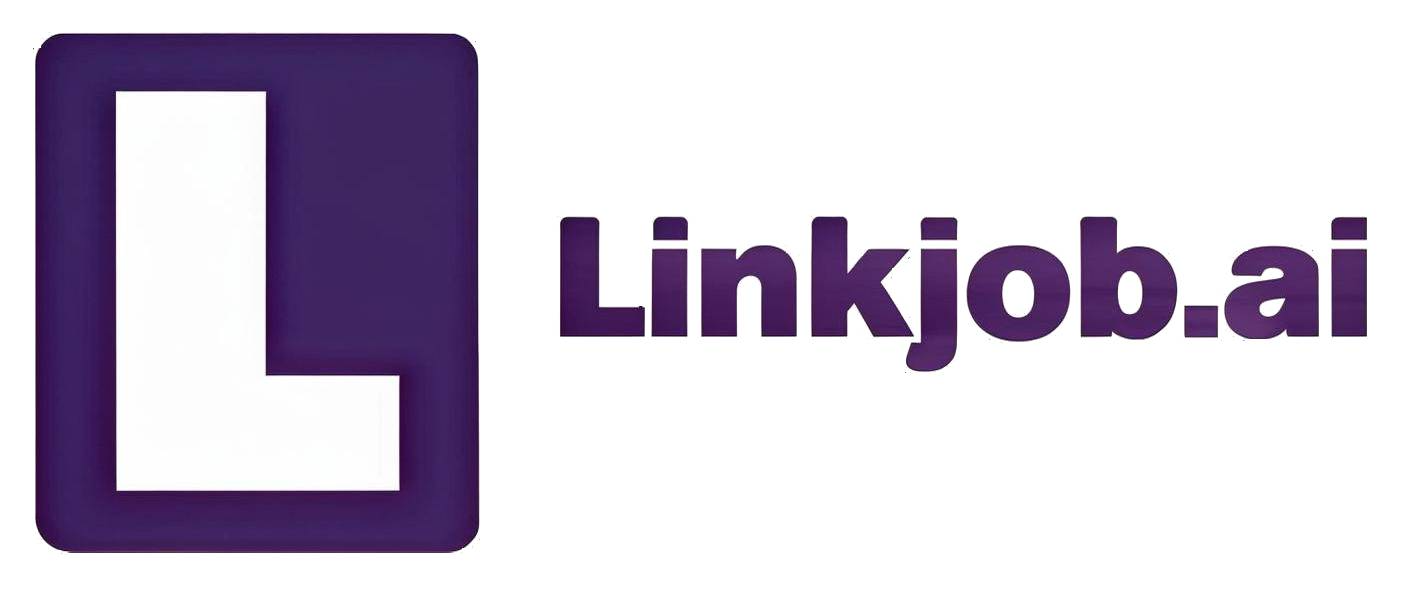I Reveal All You Need to Know About the TikTok Interview Process in 2025
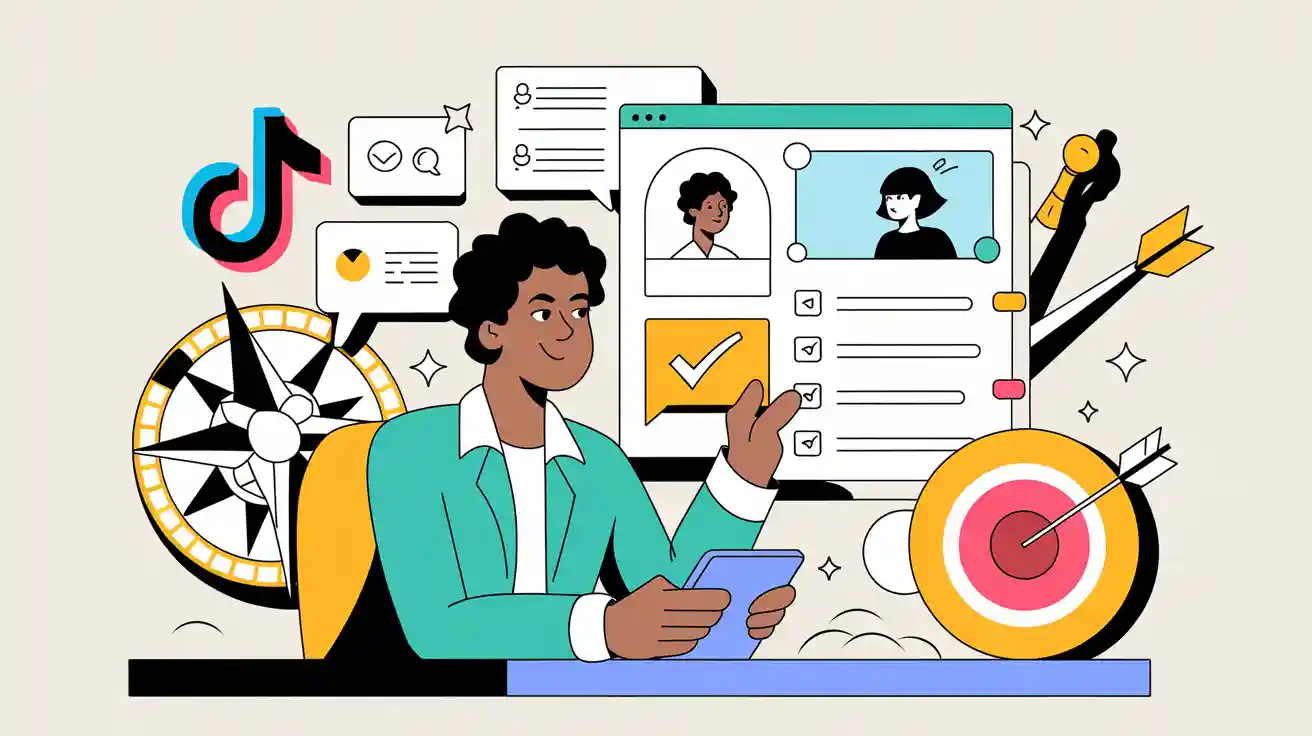
Let me start with a quick introduction about myself.
I’ve been working as an engineer at a major tech company for the past ten years, and for this round of interviews my target level was Staff. The company was another big tech firm, and I was actually approached directly by a recruiter on LinkedIn. The position was for Backend/Infra/Staff Engineer, but in the end the offer came through at the Senior level. The application process was pretty casual, I just replied to the LinkedIn recruiter’s message and picked a recruiter at random, without specifically choosing a team.
Since the interview process moved quickly, I didn’t have much time to prepare. Just a few days after the recruiter reached out, I was already in my first round. Most of my preparation relied on my own work experience along with the support of Linkjob. In the end, I’d say my performance was a mix of experience, luck, and the right tools.
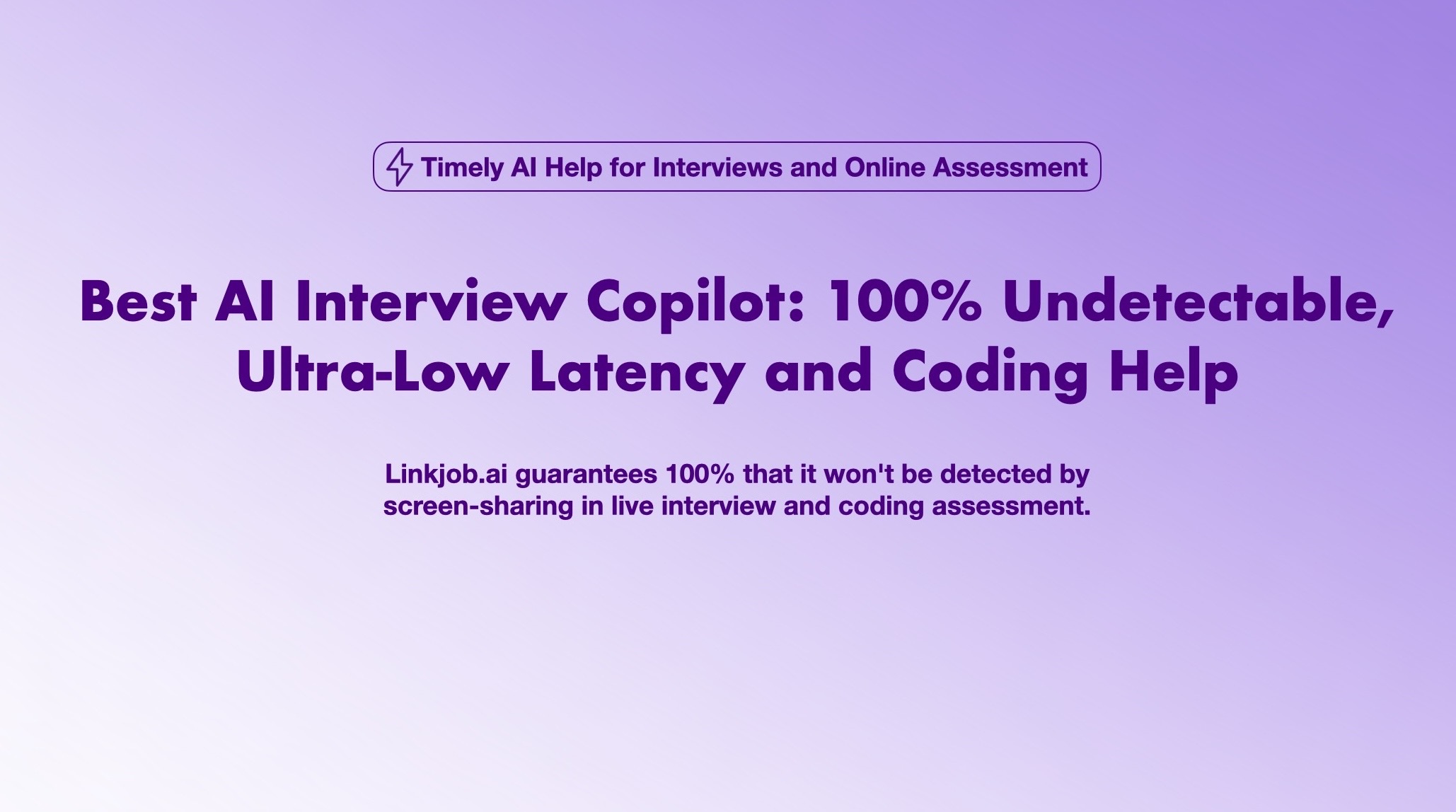
TikTok Interview Timeline
I completed the full interview process and received the offer in early September. My overall timeline looked like this:
Recruiter reached out → a few days later, Coding round
Coding → 1 day later, System Design
System Design → same day notification for Hiring Manager
Hiring Manager → a few days later, Skip Manager
Skip Manager → 2 days later, HRBP
HRBP → 2 days later, Final result
What’s New in 2025
Updated Online Assessment: The coding and SQL challenges now reflect real-world TikTok scenarios, requiring both speed and accuracy.
Stronger Focus on Culture Fit: Recruiter and HR rounds dig deeper into motivations and values, so prepare stories demonstrating problem-solving and teamwork in fast-paced, creative environments.
Revisited Technical Questions: Interviewers often return to earlier problems to see if you can improve your answers or better explain your thought process, showing your ability to learn and adapt.
TikTok Interview Process
Round 1: Recruiter
This round was mainly about my background. The recruiter also gave me a brief overview of the process, but the details were quite vague. I didn’t ask much either, since I’ve already been through many interviews at different companies and the process for technical roles tends to be similar.
Round 2: Coding
The question was a straight LeetCode problem (188). I finished it, though not very fast, it was basically bug-free. Since I hadn’t been grinding LeetCode much, I coded a bit slowly. The interviewer wasn’t picky; they only asked me to test a normal case and didn’t require corner cases.
Round 3: System Design
The prompt was to Design a Payment System. I had prepared for similar questions at other companies before, so I handled this one smoothly. I felt I nailed it fast and clean, and the interviewer didn’t probe much further.
Round 4: Hiring Manager
This round was mostly behavioral questions, with the manager also giving an overview of the team’s work. The focus was on conflict resolution, and the questions were fairly detailed. My guess is that the team does a lot of cross-team collaboration. The vibe was good overall, the HM was young, friendly, and easy to talk to.
Round 5: Skip Manager
Before this round, I asked the recruiter how many interviews were left, but he wasn’t sure, and everything was scheduled one by one. This round focused on my experience mentoring other engineers. I don’t have much day-to-day experience in that area, but the interviewer didn’t seem to mind. He showed almost no expression or feedback throughout, which made the atmosphere a bit awkward.
Round 6: HRBP
The last round was with HRBP, which took about a week to schedule. The questions were very standard, mainly why I wanted to join and what level I was aiming for.
If you also do not have enough time to prepare before the interview, I recommend using Linkjob. Its stealth mode is very good. Only I can see the AI-generated answers in real time. The answers are generated quickly and are personalized based on my actual situation.
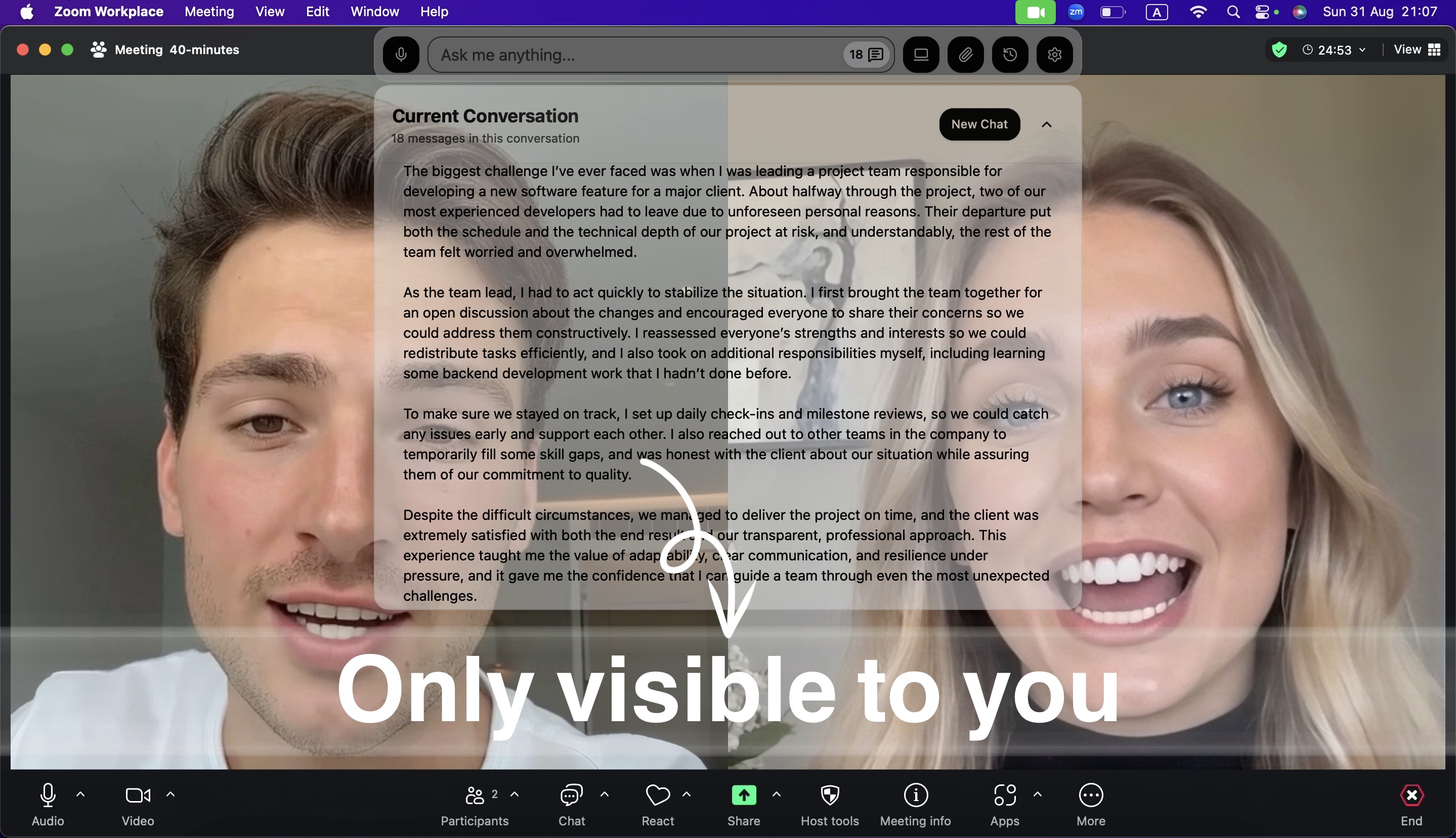
Tiktok Interview Summary
Interview Result
In the end, the recruiter told me I had reached the final stage, and it came down to just me and another candidate. The other person was willing to accept the Senior level, while I was aiming for Staff. However, the company said they could only give me Senior. If I insisted on Staff, they would go with the other candidate. So in the end, I chose to accept the Senior offer.
Interview Experience
Lack of transparency in the process
Each round was only revealed after I had passed the previous one, and I had no idea up front how many rounds there would be in total. The interview content also changed unexpectedly at times. For example, what was originally supposed to be a coding round ended up being a casual chat with the skip manager.
Drawn-out timeline
Scheduling with the recruiter and HRBP was inefficient, which stretched the overall process out for much longer than necessary.
Mediocre atmosphere
Some interviewers didn’t turn on their cameras or introduce themselves. One literally started with “Hi, here’s the question,” which made the interaction feel transactional rather than conversational. Others came across as rather cold, offering little to no visible feedback.
Tiktok Interview Suggestions
Clarify the Level in Advance
If your target is Staff, make sure to have a clear conversation with the recruiter up front. Otherwise, you may end up going through the entire process only to be offered Senior in the end.
Understand the Process Ahead of Time
The interview flow at this company can be quite dynamic, with rounds changing or being added along the way. It’s best to confirm what each stage will look like before you go in. Otherwise, the uncertainty can drag down your momentum and mindset.
Coding Prep
The questions may be very similar or even identical to known problems, so maintaining fluency and accuracy in solving standard problems is the most important thing.
Behavioral Prep
Be ready for conflict, leadership, and mentorship questions, especially around cross-team collaboration and experiences leading or mentoring others. These themes come up often, and having clear, structured stories prepared makes a big difference.
Types of Questions
Below are the real interview questions I compiled while preparing, all sourced from actual interview experiences. I’ve organized them into different categories.
OA
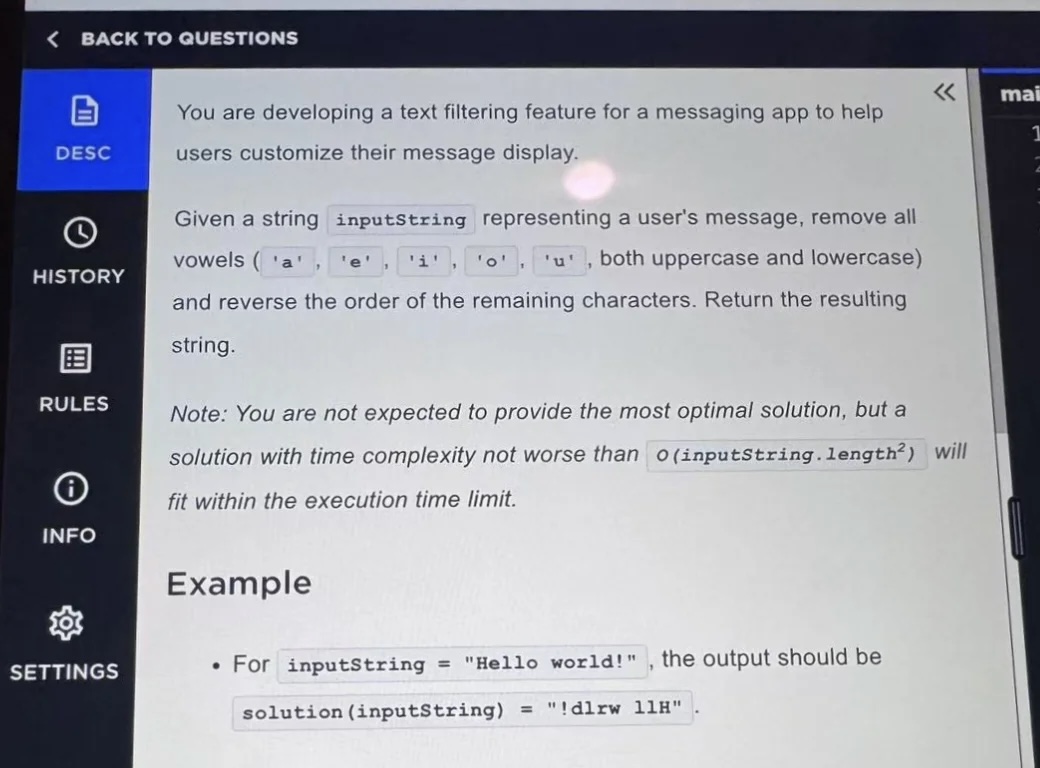
Q1: Remove all vowels from a string and return the remaining letters in reverse order. A simple approach is to traverse the string backwards and append each non-vowel character to the result.
Q2: Given a string and a number k, traverse the string from left to right. For every sequence of k consecutive consonants, replace each with the next consonant while preserving the case. Maintain a counter cnt to track progress. Instead of building a lookup table for the next consonant, you can use a simple while loop to skip vowels until the next consonant is found, then continue with the simulation according to the problem rules.
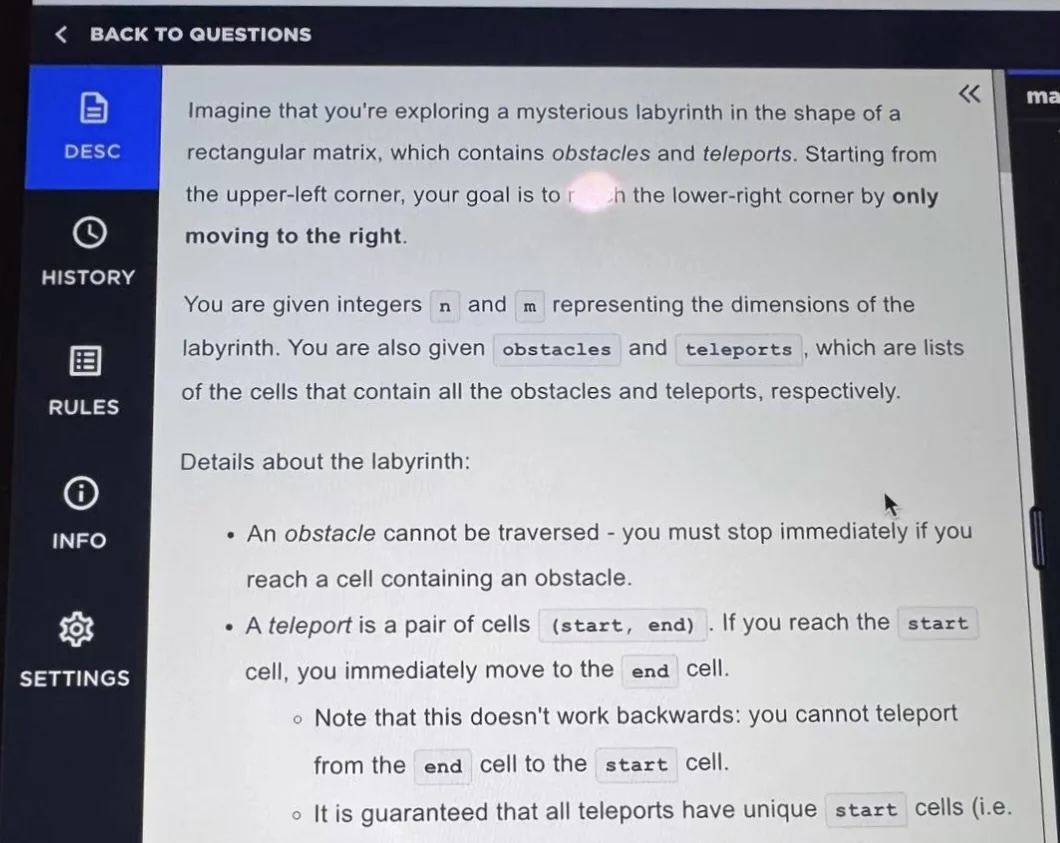
Q3: You are given an n x m grid and need to move to the bottom-right cell (n-1, m-1). Each move goes one step to the right; if you reach the end of a row, move to the start of the next row. You cannot enter obstacles—doing so returns -1. If you enter a loop, return -2. The answer is the number of unique cells visited. Count each move as one step, including teleportation. Use a map to store teleport positions and a set to track visited cells. When moving to a new cell, check the set; if it’s already visited, continue. Preprocess the map beforehand. Ensure that for every new cell reached, you perform this check.
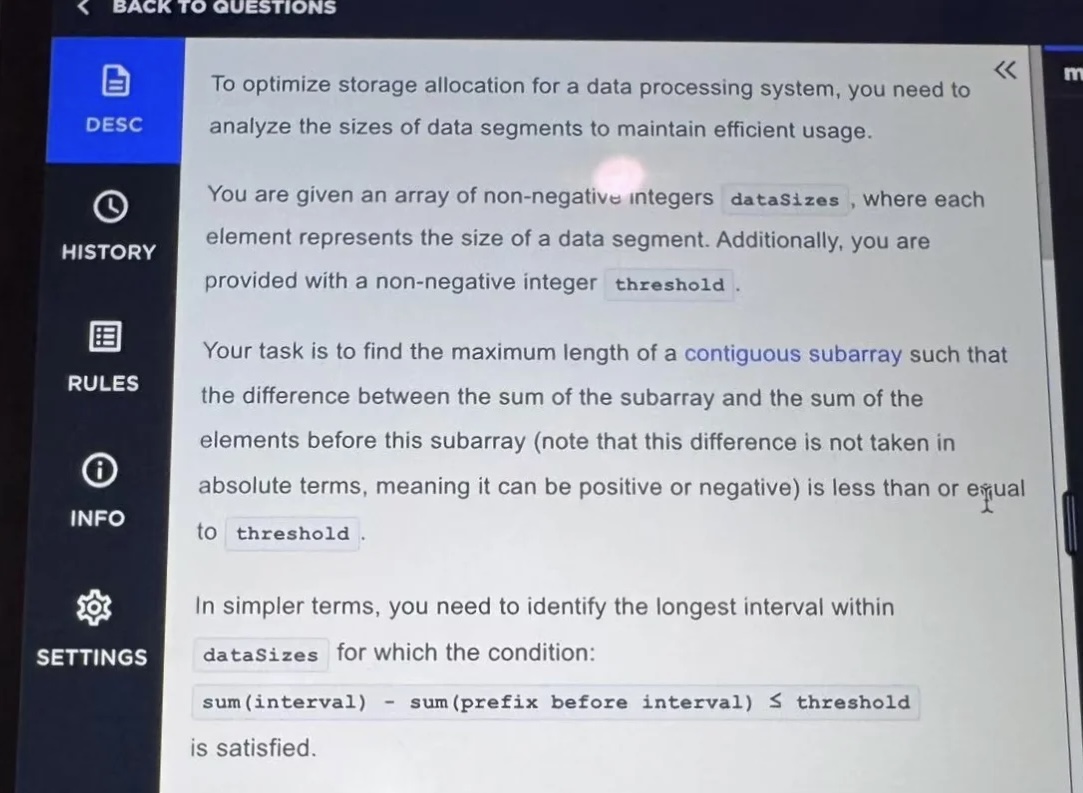
Q4: Given an array a and an upper limit k, find the maximum length of a subarray that satisfies the limit. A two-pointer (sliding window) approach works well. When you move the left pointer l forward, decide whether to adjust the right pointer r. Move r to the farthest position that still satisfies pref[r] - 2 * pref[l] <= k. Since both pointers traverse from 0 to n at most once, the overall complexity is O(n). Track the maximum subarray length during the traversal.
Technical Screen
Q1: Given n tasks with dependencies between them, where each task has a fixed execution time, determine the minimum total execution time assuming unlimited parallelism.
Q2: Given an n x m 0-1 matrix where 0 represents a free cell and 1 represents an obstacle, find the shortest path from a given start cell to a target cell. You can move up, down, left, or right at each step. In addition to finding the path length, analyze the time and space complexity of your solution.
System Design
Q1: Design a large-scale machine learning system using around 5,000 GPUs to handle a recommendation task. Focused on system architecture, data flow, and strategies to parallelize computations efficiently across thousands of devices.
Q2: Design a data structure to efficiently manage a sorted collection of elements. Start by implementing a basic ordered (sorted) linked list, then discuss potential optimizations for improving search and insertion performance. Finally, implement a skip list to achieve faster lookup, insertion, and deletion operations while maintaining the sorted order.
Q3: Design a hashtag system for a large-scale social media platform that supports adding and removing hashtags from posts, retrieving top trending hashtags in real-time, and querying all posts associated with a specific hashtag.
Coding
Q1: Implement a small model in PyTorch, manually code an activation function, and set up a training pipeline. This includes constructing a data generator, defining a loss function, and implementing backpropagation steps.
Q2: A bookstore operates daily from 9:00 AM to 9:00 PM (21:00) and starts each day with a fixed stock of 200 books. Implement a function validateReservation that takes a new reservation request and determines whether it can be accepted. A reservation is defined by a start time, an end time, and the number of books requested. The function should return true if the reservation is valid (i.e., it does not exceed available stock at any time) or false otherwise.
SQL
Q1: Given two tables, write a query to rank records using a window function (e.g., RANK() OVER SUM()), and then provide an alternative solution without using window functions. A hint is to consider using a self join.
Q2: Given a table of sales records with columns sale_id, product_id, sale_date, and amount, write a query to calculate the running total of sales for each product ordered by sale_date using a window function. Then, provide an alternative solution without using window functions. A hint is to consider using a correlated subquery or a self join.
FAQ
How important is practicing LeetCode problems for the TikTok interview?
Practicing LeetCode problems is very important because, based on both my experience and others’ shared experiences, TikTok often asks exact LeetCode problems. From the interview experiences I’ve seen, commonly asked problems include: 227, 1091, 739, 224, 772, 150, 542, 994, 417, 496, 901, 735. You can use these as a reference to practice problems of similar difficulty.
What makes the tiktok interview process different from other tech companies?
Tiktok focuses on culture fit and creativity. The interview process includes real-world challenges and values-based questions.

